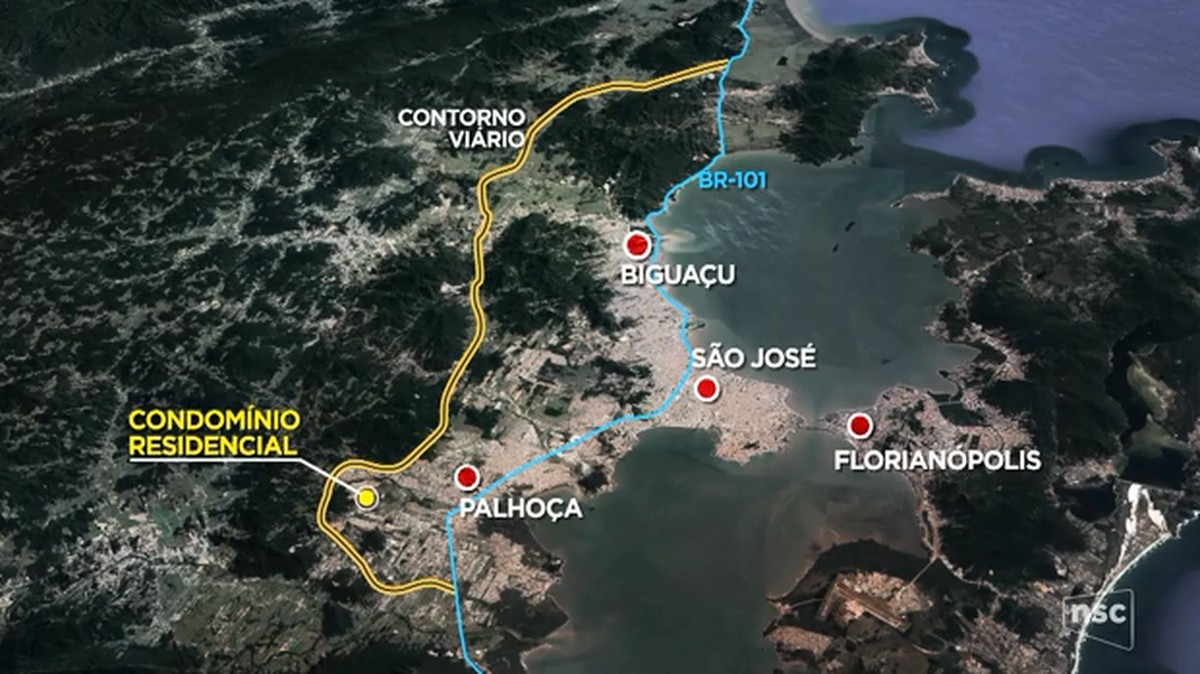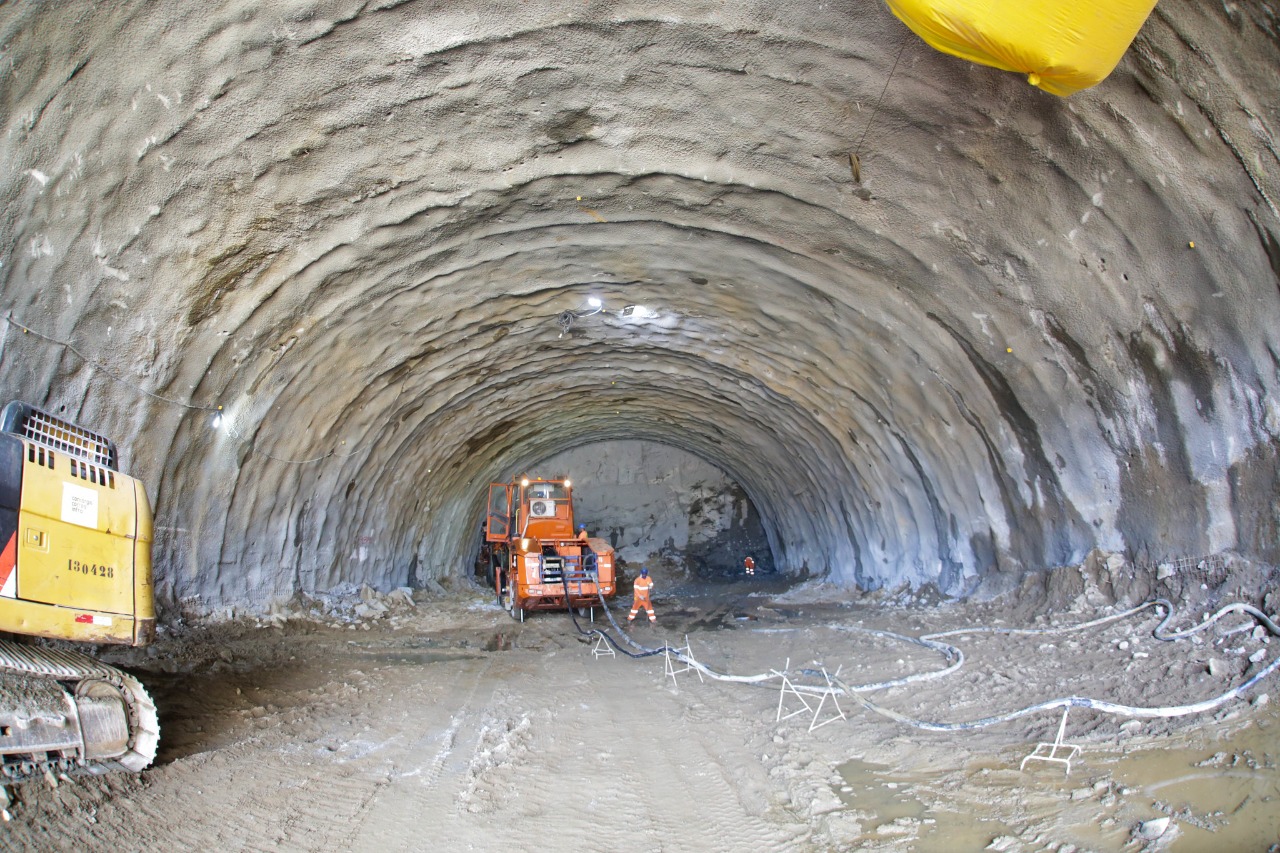RIO DE JANEIRO, BRAZIL – Brazil’s largest ongoing road infrastructure project is located in the prosperous and economically booming state of Santa Catarina in the south of the country.
It is a bypass, that involves the access roads connecting the BR-101 highway with the continental metropolitan region of Florianópolis, the state capital.
The 50 kilometers of road works include four double tunnels and more than 30 bridges, viaducts, connecting roads, and level crossings. The work passes through the cities of Palhoça, Biguaçu and São José. The cost amounts to R$3.7 billion (US$725 million).
The project, called “Contorno Viário de Florianópolis,” employs two thousand workers.
Known as the “Magic Island,” the capital of Santa Catarina in southern Brazil, is one of the country’s most important tourist destinations and one of the fastest-growing technology hubs.
However, traffic in the metropolis is chaotic in the morning and late afternoon. It often takes drivers two hours to reach the capital, a distance that would take them 20 minutes if the road system took into account the current expansion of the metropolitan area.
The ongoing work will reroute some of this traffic. In addition, the BR-101 highway is the main artery of the north-south axis of the country, which means that up to 50% (depending on the season) of the traffic is transit, which will be kept out of the metropolitan area after the opening of the bypass.
Senator Esperidião Amin, former governor of Santa Catarina, follows the work. Amin points out that the work is progressing fast enough to meet the current completion goal, which is scheduled for December 2023. “We can observe good progress in the works,” the senator said.

ENVIRONMENT
Since the project began, there have been numerous changes, mainly due to environmental permits and eminent domain obstacles.
The environmental impact is also in proportion to the gigantic construction work that causes environmental damage in areas of the Atlantic Rainforest, such as tree cutting, drilling in the mountains, and more.
The companies in charge of the construction have implemented some programs to compensate for the environmental impact. These include, in particular, measures to save the flora, compensatory planting of trees, monitoring of fauna, and archaeology.
In addition, there are measures for environmental education. A total of 13 ecological programs are part of the package of measures.
Arteris, the company carrying out the works, is a concessionaire that collects tolls and participates in mobility improvements in its areas. The company is currently responsible for operating five federal highways in the Southeast and South regions.
There are more than 2,000 kilometers of highways running through the states of São Paulo, Minas Gerais, Rio de Janeiro, Paraná, and Santa Catarina.
Unlike many other industrialized countries, Brazil relies heavily on trucks to transport goods. The development of train transport in Brazil has been sluggish. According to studies, only 15% of Brazilian freight is transported by rail.

HISTORY
In 2003, the then governor of the state, Luiz Henrique da Silveira, began to politically articulate the importance of doubling the southern part of the highway, and the Florianópolis bypass was put on the agenda.
The project began in January 2010, during the term of former President Luiz Inácio Lula da Silva, with the first approvals from the Brazilian bureaucracy.
Lula da Silva was in the region when the foundation stone was laid, and the national press reported on it at the time.

